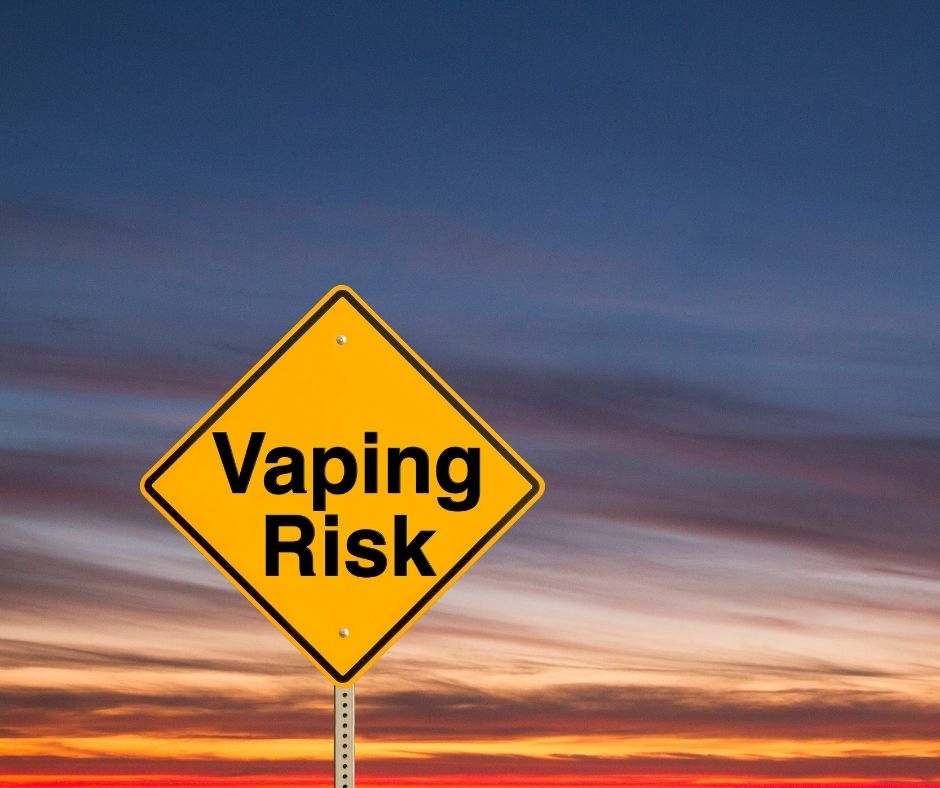The Word On Vaping: Don’t Start

Vaping, or use of electronic-cigarettes, is still pretty new, and the long-term health effects are relatively unknown.
However, 2019 and 2020 reports of serious health problems developing after vaping, some requiring hospital stays for seizures and serious (even deadly) lung damage, have been headline news.
What Is Vaping?
Vaping looks a lot like smoking a regular cigarette, but instead of burning tobacco, users are heating up a liquid, creating a fine vapor that is inhaled. E-cigarettes (also known as vape pens) are used for vaping. They come in a variety of sizes and shapes. Some are small and may be difficult to spot. They may look like a real cigarette, pipe, or even like a USB drive. Others are larger, like the size of a cigarette package.
What Is in the Vapor?
It’s hard to say exactly what is in the vapor being inhaled. Studies have found that these vapors may contain chemicals that are known to cause cancer or serious lung diseases, like asthma or chronic obstructive pulmonary disease. Some sweet flavors may also increase your risk of developing cavities.
Just like smoke from tobacco cigarettes, the vapor in e-cigarettes typically contains nicotine. Even products that say they are “nicotine-free” or “nonnicotine” may contain this addictive agent.
Can Vaping Help Me Quit Smoking?
Research on whether vaping is a good step toward stopping smoking is mixed. Some studies suggest it may help; others seem to show that it can lead some people not only to vape but to smoke tobacco as well. The Centers for Disease Control and Prevention says if you have picked up vaping to quit smoking tobacco and want to stop, do not go back to tobacco. Professional health care groups like the American Dental Association and the American Medical Association have called for a ban on vaping products and urge smokers who want to quit to use methods approved by the US Food and Drug Administration. Talk to your dentist or physician about suggestions that may be right for you.